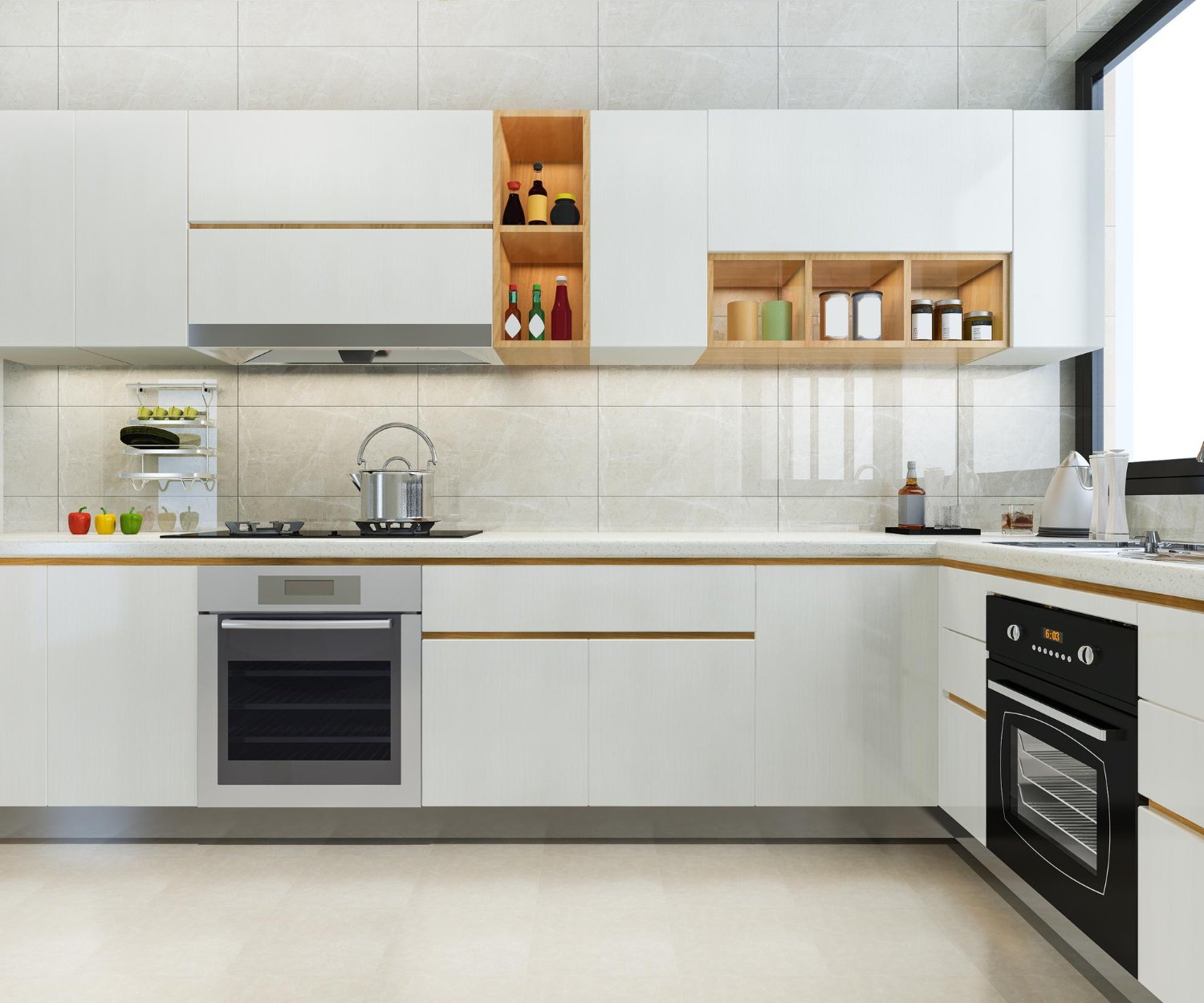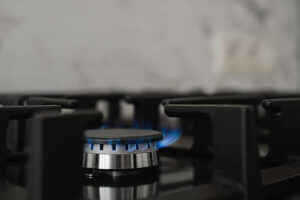Choosing the proper kitchen sink length would probably seem easy; however, it’s one of the most important options even for designing or upgrading your kitchen. A kitchen sink is used each day for laundry, dishes, making geared-up food, cleaning greens, or possibly bathing small items like toddler bottles or pets. So, it’s vital that your sink is the right period for your place, lifestyle, and cooking habits.
In this blog, we’ll give you a step-by-step guide to select the suitable kitchen sink size for your property. Whether you’re building a brand new kitchen or replacing a vintage sink, this guide from Xpert Appliances will help you in making the proper decision.
Why Sink Size Matters?
The length of your kitchen sink influences your regular kitchen habits. If it’s miles too small, you can’t wash pots and pans in it. If it is too huge, it could soak up too much counter area or it won’t look good. The proper length offers you comfort, performance, and a smooth kitchen environment.
Step 1: Measure Your Kitchen Space
Before choosing a sink, measure the available space in your kitchen. Start by checking:
1. Cabinet Size
The sink sits on top of or inside a cabinet. The standard cabinet size is usually 24, 30, or 36 inches wide. Your sink should be about 2-3 inches smaller than the cabinet to ensure it fits properly.
For example:
- If your cabinet is 36 inches wide, your sink should be around 32–33 inches.
- For a 30-inch cabinet, look for a sink around 27–28 inches.
2. Countertop Space
A large sink is helpful, but it shouldn’t take up all your countertop. Make sure you still have enough space to prepare and cook food comfortably.
Step 2: Consider the Sink Depth
Depth is just as important as length and width. Deeper sinks (8–10 inches) are great for washing large pots and pans. But keep in mind:
- Deeper sinks take more bending, which may hurt your back over time.
- Shallower sinks (6–7 inches) are easier on the body but may not hold as much.
If you do a lot of hand washing, go for a deeper sink. If you use a dishwasher more often, a medium-depth sink might be enough.
Step 3: Think About the Number of Bowls
Kitchen sinks come in different bowl styles:
1. Single-Bowl Sink
- One large open space.
- Best for washing big pots and trays.
- Easy to clean.
- Perfect for small kitchens.
2. Double-Bowl Sink
- Two separate bowls (equal or unequal size).
- Allows you to wash in one bowl and rinse in the other.
- Good for multitasking.
3. Triple-Bowl Sink
- Has two main bowls and a smaller third bowl, often in the center.
- Best for large kitchens with plenty of space.
- Great for families who cook a lot.
Choose based on how you use your sink. If you often multitask, a double-bowl sink may suit you better. If you prefer space and simplicity, go for a single bowl.
Step 4: Match Sink Size with Kitchen Type
Different types of kitchens may require different sink sizes.
|
|
|||
|
|
|||
|
|
|||
|
|
Think about your kitchen size, number of family members, and how often you cook. A busy home kitchen needs a bigger sink than a small bachelor’s kitchen.
Step 5: Choose the Right Sink Style
The style of the sink also affects its size and usability. Here are some common styles:
1. Top-Mount Sink (Drop-In)
- Drops into a hole cut into the countertop.
- Easy to install.
- Usually takes up less space.
2. Undermount Sink
- Installed under the countertop.
- Gives a modern, seamless look.
- Slightly more space inside the sink.
3. Farmhouse Sink (Apron Front)
- Large, deep, and stylish.
- Ideal for traditional or rustic kitchens.
- Requires custom cabinet fitting.
4. Corner Sink
- Fits into corner cabinets.
- Great for saving space in small kitchens.
Each style may affect how much space you need. For example, farmhouse sinks are bigger and need a wider cabinet base.
Step 6: Think About Your Daily Needs
Ask yourself a few important questions:
- Do you cook daily or occasionally?
- Do you wash a lot of large pots and pans?
- Do you have a dishwasher?
- How many people use the kitchen?
If you cook often and for a large family, a bigger and deeper sink will serve you better. If you live alone and rarely cook, a smaller sink may be perfect.
Step 7: Check for Faucet and Accessory Space
Don’t forget to leave space for your faucet and other accessories like:
- Soap dispenser
- Water filter tap
- Sink grid or cutting board
These may require extra holes in your sink or space on the countertop. Make sure your chosen sink size allows for this.
Step 8: Material Can Affect the Feel of Size
The material of your sink also plays a role. Some materials have thicker walls, which reduce the actual usable space inside the sink. Common sink materials include:
- Stainless Steel: Lightweight and flexible size options.
- Granite Composite: Durable but often thicker.
- Ceramic/Porcelain: Classic look but can be heavy and thick.
If you want maximum inner space, choose thinner materials like stainless steel.
Step 9: Think Long-Term
Investing in the right sink size is a long-term decision. Make sure it suits both your current and future needs. For example:
- Planning to grow your family? Go for a larger double bowl.
- Thinking of renovating the kitchen soon? Choose a standard size (30–33 inches) that’s easy to replace later.
Test the Sink Before Buying
If possible, visit a showroom like Xpert Appliances and physically test different sink sizes. Bring a large pot or tray with you and see how it fits in the sink. This hands-on test helps you understand what will work best in your home.
Wrap Up
The kitchen sink is more than just a washing space it’s the coronary heart of your kitchen. Selecting the best length guarantees consolation, ease, and a better workflow. Whether you stay in a compact condo or a large, own-family domestic, there’s a perfect sink expecting you.
At Xpert Appliances, we offer a huge variety of kitchen sinks in all sizes, substances, and styles. Our professional team is continually here to help you pick out the one that’s proper for your private home.
Need help choosing your perfect sink? Visit your nearest Xpert Appliances showroom or check our website to explore the latest kitchen sink collection.
FAQ’s
1. What is the same old length of a kitchen sink?
Most well-known kitchen sinks are 30 to 33 inches extensive.
2. Can a huge sink fit in a small kitchen?
Yes, however, it could reduce your counter area, so measure cautiously.
3. How deep does a kitchen sink need to be?
A perfect depth is 8 to ten inches for maximum kitchen responsibilities.
4. Is an undermount or double bowl sink better?
It depends on your needs single bowls are spacious, and double bowls help multitask.
5. What size sink suits a 36-inch cupboard?
A sink as huge as 33 inches is often a proper suit.
6. Can I update my sink without converting the countertop?
Yes, if the new sink matches the size and cutout of the old one.
7. What is the best material for a kitchen sink?
Stainless steel is the most popular for its durability and easy cleaning.
8. Do I need a special cabinet for a farmhouse sink?
Yes, farmhouse sinks need a custom cabinet to support their weight and front design.





Pingback: Why Stainless Steel Is a Popular Choice for Modern Kitchens In Pakistan - Xpert Kitchen Appliances